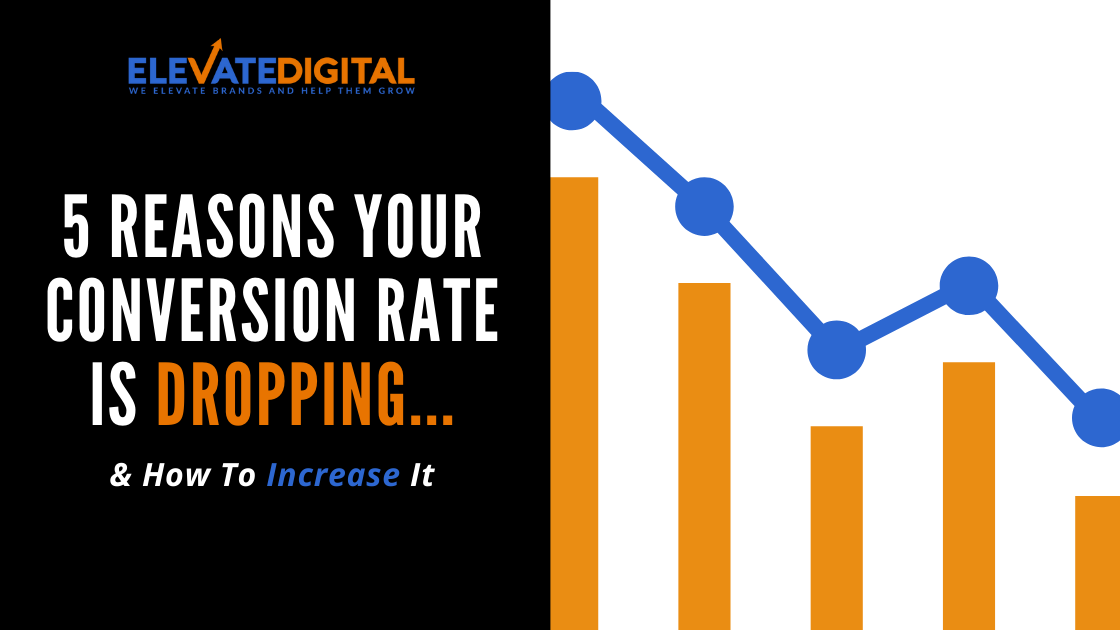What to do if your conversion rates drop – StartupSmart

Conversion rates are the percentage of leads who take a specific action you want.
For example, for online businesses it’s the percentage of website visitors who fill out a form, call your company to enquire, or purchase something from you online. It can also be the percentage of proposals you win. Needless to say, they vary depending on your organisation’s goals.
Conversion rates are the key to getting good return on investment on your marketing spends. They provide a picture of what’s really happening with your marketing and sales. They are an important driver of profit, so it makes sense to have a laser-like focus on conversion rates.
Every now and then, you could experience sudden or sharp drops in conversion rates. If this happens, don’t panic. There are many variables that can affect your conversion rates. Sometimes, all that’s needed is a simple tweak to get your conversion rate back up.
Eight steps to effectively analyse a conversion drop
1.Trace your steps
Is your website traffic the same or has it also dropped? If your traffic is the same and the conversion has dropped, test all the transaction processes (e.g. checkout, online form submission, downloads), check the process works in different browsers or if there is some other technical issue. If the drop in conversion is caused by drop in traffic, then you should look at any outlier drops. For example, a penalty from Google could mean a significant drop in your search rankings. Log into your Webmaster tools to see if there are any penalties against your domain.
2. Check your tracking
A minor change to the tracking code on your website can lead to tracking and data issues. Check in with your webmaster if you can’t access the code by yourself.
3. Consider seasonal effects
There are businesses that experience fluctuating conversion rates each year. This is particularly true for ecommerce sites, they often see a spike in conversion rates between November and December which naturally drops in January. Look back at your traffic, conversion and conversion rate data over the past few years. Your drop might be partially due to seasonality effects.
4. Analyse your acquisition or traffic channels
Break down the data in your acquisition channels. Are they all affected or just one of them? Usually if all your channels are showing drops in conversion rates, it’s indicative of a changing market. Perhaps your competitor is eating into your market share. They might be using different advertising methods, providing customers with a new spin on your product, offering a lower price or providing better customer service. Or, maybe your market is shrinking. The best way to solve this is to transform business and products to match the changing market landscape.
5. Examine your marketing campaign
Are you using the same marketing tactics and messages year in, year out? Keep in mind that the longer you run the same marketing campaign, the less effective it becomes, regardless if it’s through paid or unpaid customer acquisition channels. Similarly the look and feel of your branding and your website might be due for a refresh. If your website looks tired it’s less likely you will convert traffic into leads or sales.
6. Assess your paid search campaigns
Look for changes in your paid campaigns and their locations. It’s possible there have been changes you didn’t notice that you need to keep track of. Perhaps the landing page for one of your links changed? Or, maybe a special offer or coupon you once had was removed from your landing page content which explains why no one’s coming to check your site?
7. Test your technology
You could be having server issues, or perhaps a plugin has stopped working. Thoroughly test all your technolog. Slow websites and broken links are not uncommon and can quickly drive people away.
8. Act like a customer
Find out where your customers are coming from (organic traffic, social media or paid advertising) and what pages are they looking at and what’s causing the problem. Do a test transaction on each of your major channels.
Always remember that you can’t improve what you can’t measure. Any small drop in your conversion rate(s) merits your attention. Investigate right away. It also helps if you track your conversion rates on both a daily and monthly basis so you can immediately correct any problem as soon as it happens.
Since starting her outsourced national marketing consultancy Marketing Angels in 2000, Michelle Gamble has helped hundreds of SMEs get smarter marketing. Michelle helps businesses find more effective ways to grow their brands and businesses
This article was originally published on SmartCompany.

